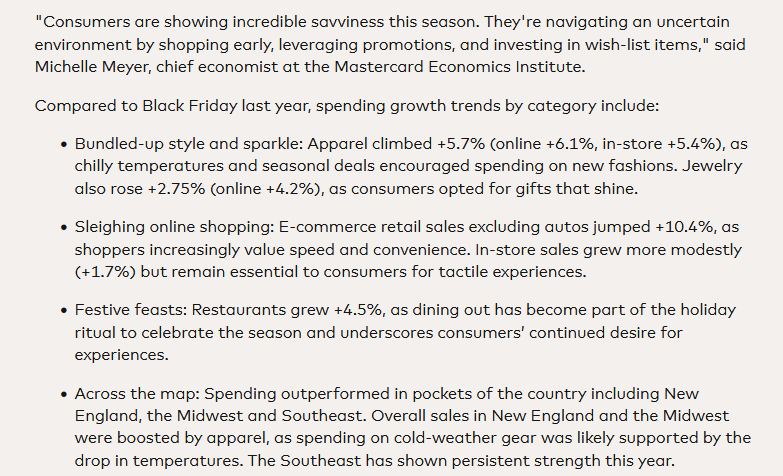Without human intervention, there would be no nature conservation, only the natural struggle for species survival through evolution and adaptation. Humans actively protect and shape their surroundings, making nature conservation a practically anthropocentric concept.
The conservation of natural elements involves counteracting undesirable changes to those elements and their conditioning environment. Broadly, nature protection includes activities aimed at restoring desired natural conditions or species and eliminating unnecessary, dangerous or nonnative elements, such as invasive plants. Active protective measures differ from passive ones by requiring the active use of finite resources and tools. It is important to note that many reasons behind specific active measures are arbitrary and exceptive, even if scientifically grounded. Every conservation decision reflects human values and priorities. For example, maintaining or creating habitats for specific bird species means actively adapting areas to optimal conditions for those birds, a process that is inherently artificial and human driven. Nature, therefore, serves as a tool for humans. Even if meadows are trimmed by cows and horses, these meadows would not exist or might be threatened as ecosystems without human intervention and perspective.
Every action aims to fulfill some need of the acting person. Means can be seen as specific costs incurred to achieve a goal. For instance, land preserved in its natural state cannot simultaneously be used for agriculture. Maintaining a landscape park in a region with valuable resources like gold, copper, coal or oil can hinder economic development and limit the material well-being of people. While clean and natural surroundings are important to many, it is crucial to recognize that top-down imposed land “utility scopes” in a region have socioeconomic consequences.
People fighting for survival or for a job better than backbreaking work do not care about what the environment can offer them. However, when they reach a certain standard of living, they begin to attach attention to these higher goods. When people are willing to spend money on maintaining a clean, attractive environment, there should be no external barriers to obtaining these services.
Those who seek to live amid beautiful landscapes, vibrant ecosystems or wild rivers must recognize that no one is obligated to allocate resources for their benefit. Individuals must show, through their actions, their commitment to ecological needs, bearing responsibility for those actions. The more people express similar environmental preferences, the more supply will meet those demands. It is possible that an oversupply of natural areas reduces the perceived scarcity, making people less inclined to invest time or money in conservation.
Who Is Responsible for Nature Conservation?
First, the management of a protected area may be exercised by the owner. As the primary steward, the owner decides on the intended use of the area. Property law is the first method of protecting goods, as private land property is safeguarded from unauthorized use. Trespassing on private land is akin to breaking into someone’s house, and any pollution or destruction of the environment on someone else’s property constitutes property damage. This relates to passive strict protection, which assumes no interference in the ecological processes within the area. In such cases, property rights may be the only necessary means to preserve nature in its natural state.
Natural phenomena like floods, locusts, bark beetles or forest fires caused by lightning have transformed landscapes for millennia. Efforts to counteract these incidents would interfere with natural processes. Therefore, nature is not protected from humans but from changes undesirable to humans. However, passive protection and property rights alone are not effective against threats from individuals with malicious intentions. If the owner’s intentions are ecologically motivated, he may implement active protective measures, either personally or through a designated manager, to complement those based solely on ownership rights.
The owner of a protected area can be an individual, a community, a corporation, a nongovernmental organization or an international entity. Ownership rights can also belong to the state Treasury, a local government body or even a monarch. However, the state control over the owner and their land is antilibertarian and undermines the significance of private property. Without people being accountable for their actions on their property, we lack full insight into their preferences. The importance of biodiversity can be understood through independent, free human actions rather than top-down mandates. Human economic decisions reveal social demand for specific ecological services. However, in the 21st century, some view environmental degradation as a greater crime than an assault on private property rights.
It is worth mentioning the supporters of deep ecology, who advocate for a return to nature, an escape from civilization and the concept of degrowth (the top-down limitation of supply and demand leading to economic regression in exchange for improved human living conditions). More radical activists propose removing humans from many regions of the world, leaving nature completely undisturbed, regressing human development and promoting depopulation. In this scenario, nature protection zones would cover most of the planet, and nature would be fully respected. In this approach, some people value nature more than human existence, willing to sacrifice not only money, time and comfort but even their own lives for the sake of Mother Nature. Consequently, human civilization is seen as a threat to the Earth, ecosystems, biodiversity, climate and anything natural. Therefore, supporters of this green ideology argue that to protect natural phenomena from anthropocentric changes, humans should be eliminated. This radical vision, however, would require an extensive apparatus of institutional violence.
However, let us return to the issue of voluntary and grassroots human activity. Concern for natural values may be expressed not by the owner but by the tenant of the area. In this case, the hired manager is responsible for making decisions and determining detailed conservation goals and methods. When the contract between the tenant and the owner ends, the protective functions may cease. The owner may then decide that green, clean surroundings are desirable and continue to dedicate the area to nature sentinels.
If the entity managing the area with ecological intent goes bankrupt, other environmental organizations can take over the project. However, if the owner decides to sell the property for cash, the land would be subject to market laws. Meanwhile, failing shopping malls, abandoned settlements, forgotten bunkers and bankrupt cities can also be greened, reclaimed or allowed to become wild. The landscape changes and land use will dynamically depend on the preferences of owners and consumers, who ultimately determine land use. A private owner of an untransformed forest is also a consumer with unique characteristics. He can enjoy the ecosystem’s beauty and fresh, clean air without diminishing his property. Moreover, the owner’s individual benefits are accompanied by positive externalities — others indirectly benefit from the ecosystem services provided by the protected nature area.
The distinctive features of a contract society and an uninhibited market, according to Murray Rothbard, include the responsibility for oneself, freedom from violence, the full opportunity to make one’s own decisions (except for the decision to use violence toward others), and benefits to all participating human entities.
Nature Protection Established by Law
Today, caring for the natural environment is a public matter. Threats to the Earth’s climatic and biological stability are the focus of large international organizations such as the U.N., the World Wildlife Fund, and the International Union for Conservation of Nature. For many decades, influential institutions have called for global efforts to prevent the imminent destruction of Mother Nature, which is expected to result from biodiversity loss, ecosystem degradation, species extinction, ocean pollution, landscape transformation and uncontrolled greenhouse gas emissions. Factors intensifying global changes include inappropriate social attitudes toward animals, climate imbalance, renewable energy sources and a consumerist lifestyle.
A wide range of practices and initiatives are proposed to halt these undesirable changes. Since global concerns are addressed through global problems, popular means for influencing human actions include statutory law and international obligations, which ultimately translate into national legislation.
Designating an area with legal restrictions on human activity is a key state tool for nature protection and broader environmental protection. Such spatial directives can safeguard living nature from the threats of unrestrained human activity, especially industry and intensive agriculture. They can also protect ecosystems’ biotope and biocenosis structures from degradation and maintain the natural environment of small communities to enable traditional farming. Many people believe the state should be responsible for protecting nature from humans, leading them to support political parties that promote proecological, top-down solutions.
As a result, the state’s power grows, with funds being taken from citizens to meet some voters’ expectations, making it challenging to assess spontaneous, voluntary, grassroots proecological attitudes in society. Until people voluntarily support conservation efforts and natural areas they care about, we cannot truly gauge the importance of national parks, nature reserves, forests or biodiversity to them. Modern proecological initiatives often manifest as top-down impositions on society, addressing goals that haven’t been fully articulated that are based on uncrystallized needs. Using a rhetoric of fear, people can be persuaded to support many actions, which may not always have positive consequences for them.
The legally defined form of local nature protection is essentially similar to property rights, as both determine who can do what in a given area. The difference becomes apparent when state-established conservation zones apply to private property, limiting the owner’s rights under statutory conservation law. A formal nature protection zone also distinguishes certain areas from others owned by the state Treasury, which may degrade as public goods. Without ranger oversight, such reserves rely on a fragile social contract. Monitoring by naturalists does not occur daily.
Despite legislators’ best intentions, legally protected nature areas are not guaranteed permanence and may face issues like erroneous policies, ineffective protection methods, corruption and natural hazards. Formal protected areas change over time, and the purposes for which state reserves were established may lose their meaning, such as when habitats of rare birds are permanently abandoned.
As Carl Menger said, “Value does not exist outside human consciousness,” and both nature and humanity deserve more than state dictate.
Full story here Are you the author? Previous post See more for Next postTags: Featured,newsletter





















